8 Pereskiopsis Cacti You Need to Know (With Stunning Photos)
Imagine a cactus that defies the prickly norms, adorned with lush leaves and a tropical vibe. Enter the Pereskiopsis family – a group of incredible cacti that will captivate your green thumb like no other. Buckle up as we unveil the enchanting world of these leafy wonders!
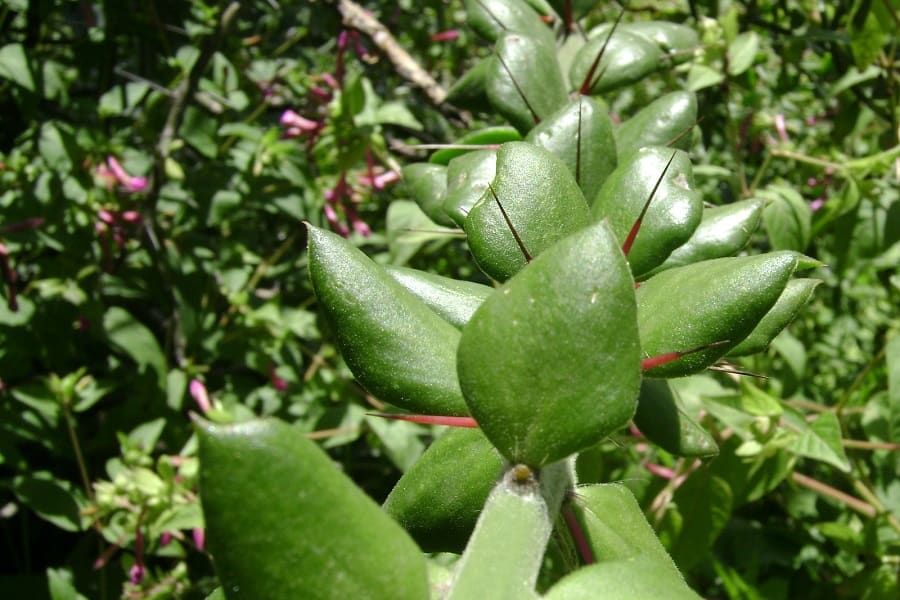
Contents
A Cactus with Leaves? You Bet!
While most cacti are known for their spiny exteriors, the Pereskiopsis clan stands out with its leafy appearance. These unique plants hail from the Cactaceae family, but their resemblance to the genus Pereskia – another leaf-bearing cactus – is uncanny. Intrigued? Let’s dive deeper!
Origins and Allure
The most common Pereskiopsis, the Pereskiopsis spathulata, is a horticultural darling, cherished by cactus enthusiasts worldwide. Unlike their desert-dwelling cousins, these tropical beauties thrive in the lush regions of South and Central America, where humidity and moisture abound.
Botanists and horticulturists are fascinated by Pereskiopsis, believing these primitive cacti hold clues to the origins of their modern counterparts. Talk about a living botanical museum!
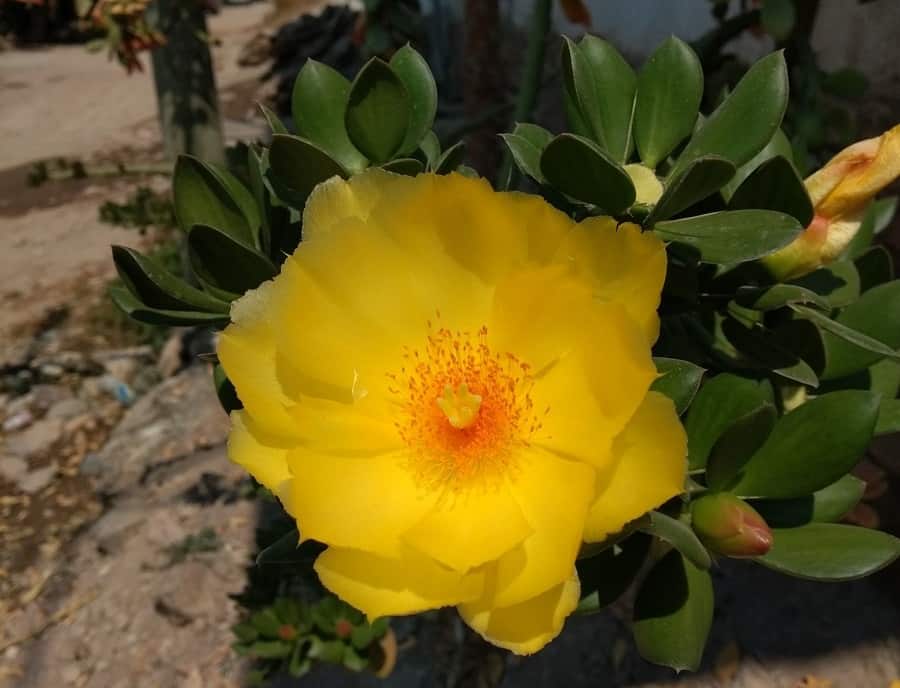
Propagation Prowess
Pereskiopsis plants are typically propagated from cuttings, as their seeds are rarely found in the wild. Their elusive blooms add to the mystique, with no definitive pollination techniques known. But fear not, for growing these leafy wonders is a rewarding adventure!
Embrace the Challenge
When working with mature Pereskiopsis, exercise caution around their barbed bristles (glochids) and sharp spines, which can cause skin irritation. But fear not, novice gardeners! These resilient plants forgive a few missteps, increasing your chances of success.
The Magnificent 8: A Pereskiopsis Parade
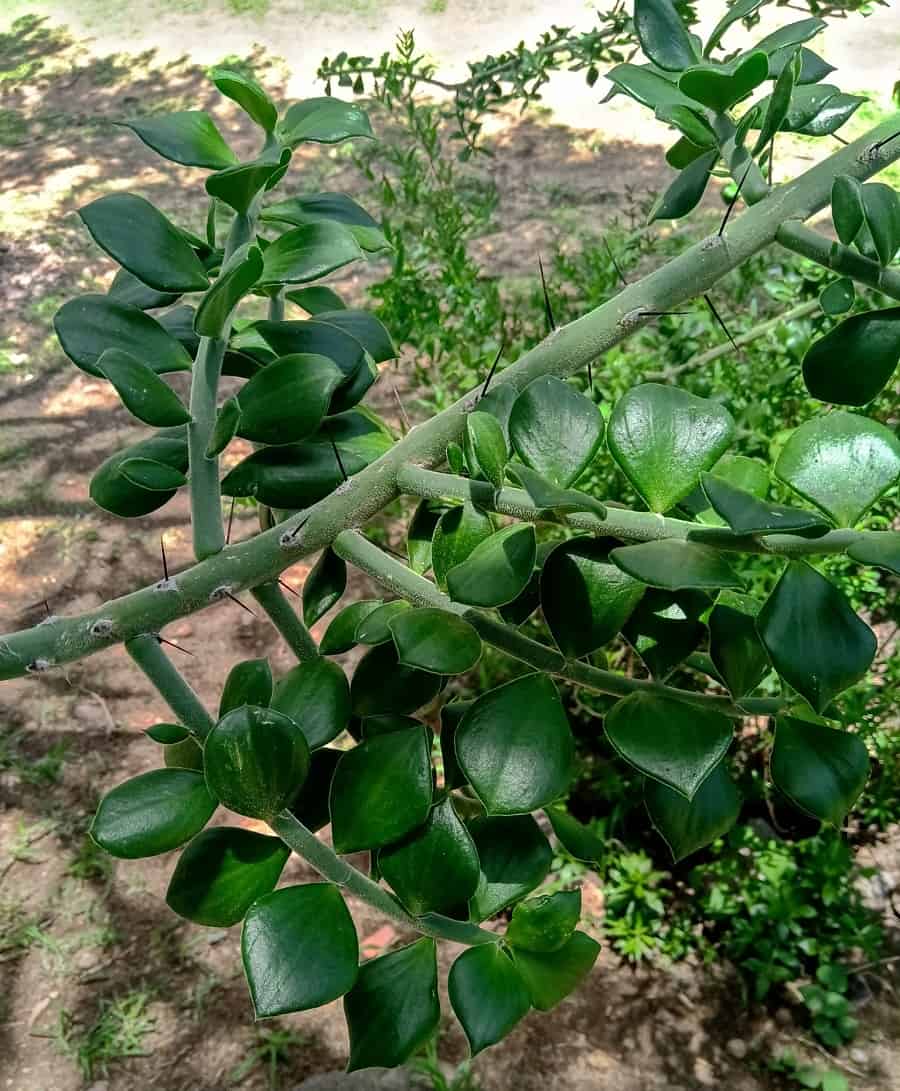
Now, let’s meet the stars of our leafy cactus clan:
- Pereskiopsis aquosa
- Pereskiopsis blakeana
- Pereskiopsis diguetii
- Pereskiopsis gatesii
- Pereskiopsis kellermanii
- Pereskiopsis porteri
- Pereskiopsis rotundifolia
- Pereskiopsis spathulata
Caring for Your Leafy Treasures
Unlike their prickly cousins, Pereskiopsis plants thrive with organic matter mixed into their soil, as they are heavy feeders. Avoid root rot by being mindful of watering. Use a spray bottle daily to maintain humidity levels, and water the soil surface once or twice a week.
Temperature Matters
These tropical gems are sensitive to extreme temperatures, so timing is crucial when introducing them to your garden. For those in temperate regions, late spring or mid-fall is ideal. Southern gardeners can enjoy Pereskiopsis year-round, but be wary of extended transit times during scorching summers.
Planting Pereskiopsis: A Green Thumb Adventure
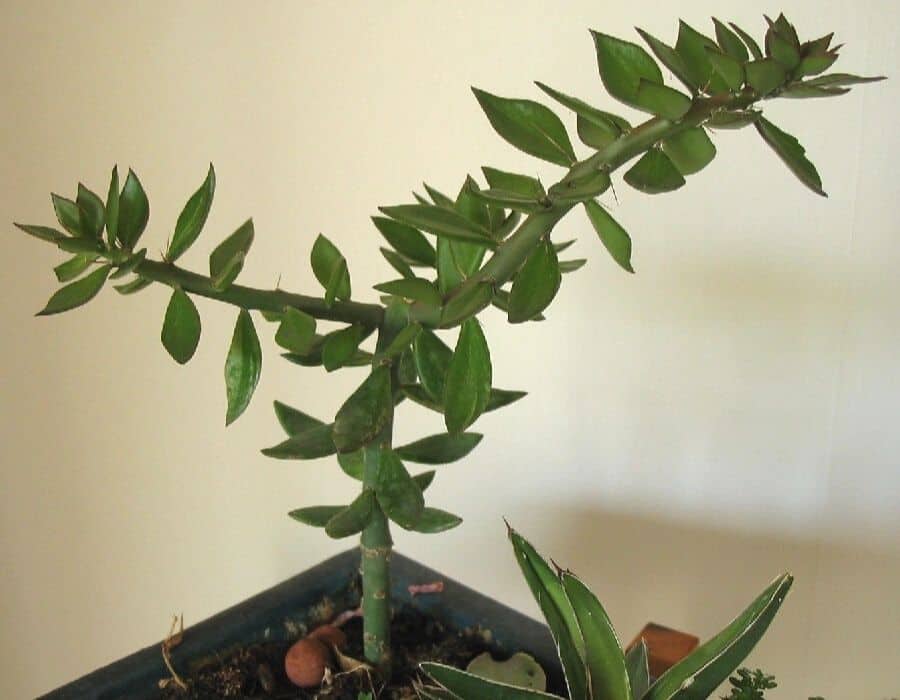
Propagating Pereskiopsis from cuttings is an art form. Whether you’re creating a stunning display or planning future grafts, proper spacing is key to accommodate their aggressive root systems.
Follow these steps for a successful planting:
- Identify the cut end (look for upward-facing glochids).
- Dip cuttings in rooting hormone for a growth boost.
- Plant in dry soil, and wait a few days before watering.
- Place near a window with indirect light.
- Lightly dampen the soil surface with a spray bottle.
- Gradually introduce artificial light and humidity.
Growth Rates and Grafting Wizardry
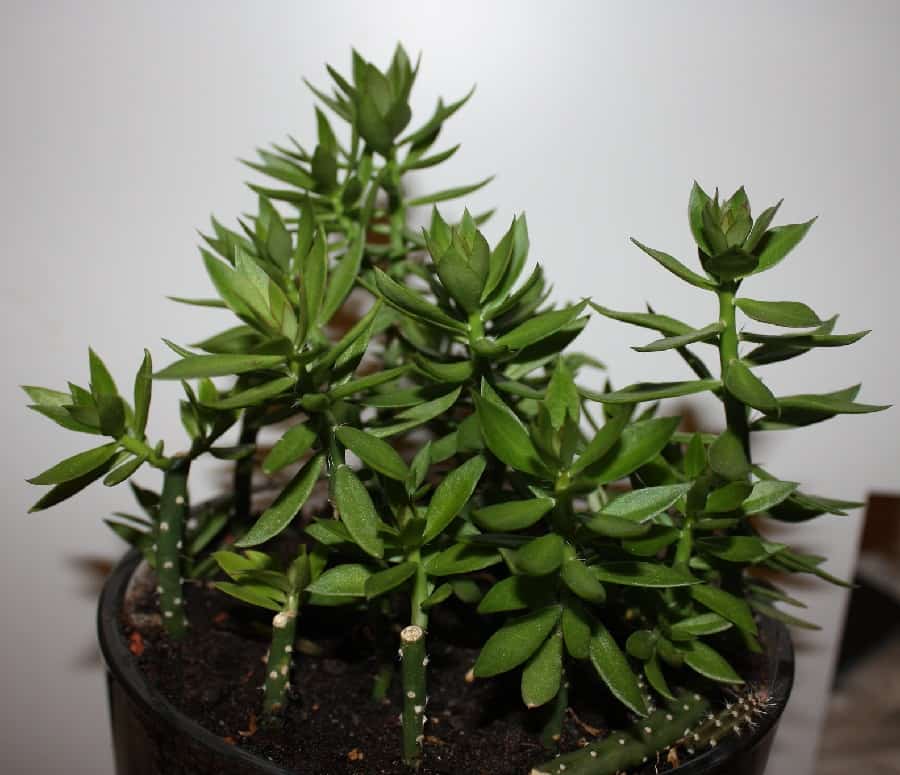
The growth rate of Pereskiopsis varies by species and grafting techniques. Grafting different species can accelerate growth and flowering. For example, the resilient Pereskiopsis spathulata can produce 3-inch seedlings within a year when grafted skillfully.
To graft, slice the top of a Pereskiopsis plant, prepare a clean seedling, and transfer it onto the Pereskiopsis stock. Keep the graft in a humid environment for about a week, then move it under grow lights. With proper moisture and care, you’ll witness new growth in a few weeks – a true botanical marvel!
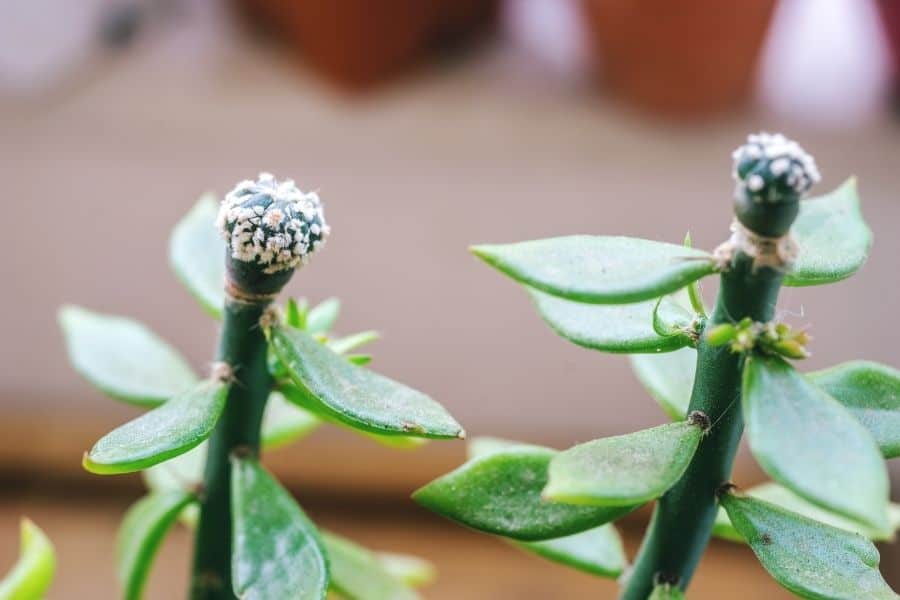
Parting Thoughts
Each Pereskiopsis species boasts its unique charms, from growth habits to care requirements. Whether you’re nurturing individual varieties or crafting grafted hybrids, dive into the specific needs of your leafy companions for a rewarding journey.
Embrace the captivating world of Pereskiopsis, and let these tropical treasures infuse your green space with their one-of-a-kind allure. Who knew cacti could be so irresistibly leafy?
